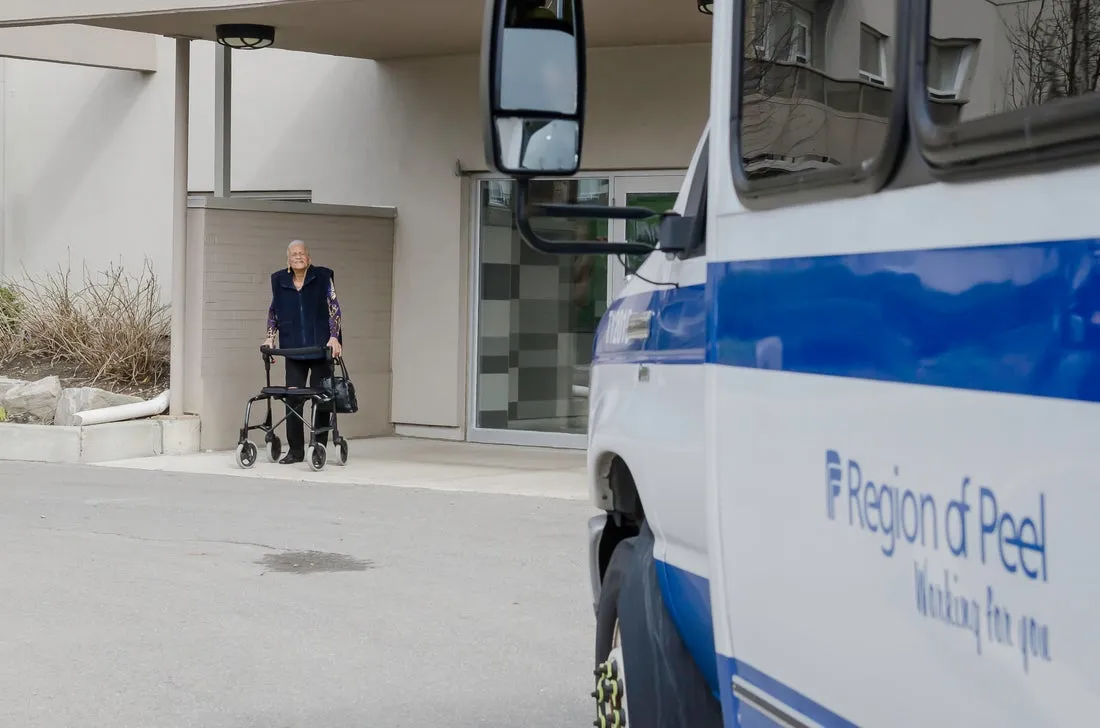The Government of the Halifax Regional Municipality in Canada is jointly funding an improved pedestrian and cycling network, valued CAN$25 million.
Mike Savage, mayor of Halifax Regional Municipality, says: “This bikeway is a critical part of the municipality’s Integrated Mobility Plan and our goal to move 30% of residents’ local travel to walking, cycling and transit by 2031.”
The Halifax Regional Centre All Ages and Abilities Bikeway Network will include a 30km system of bicycle and pedestrian pathways. It is expected to improve the capacity of the area’s active transportation system and enhance the physical condition and accessibility of the pathways.
Aside from Halifax’s contribution of CAN$4.25m, the Government of Canada is pledging CAN$12.5m and the Government of Nova Scotia is providing CAN$8.25m.
Halifax to upgrade pedestrian and cycling network
The Government of the Halifax Regional Municipality in Canada is jointly funding an improved pedestrian and cycling network, valued CAN$25 million.
Mike Savage, mayor of Halifax Regional Municipality, says: “This bikeway is a critical part of the municipality’s Integrated Mobility Plan and our goal to move 30% of residents’ local travel to walking, cycling and transit by 2031.”
The Halifax Regional Centre All Ages and Abilities Bikeway Network will include a 30km system of bicycle and pedestrian pathways.
August 5, 2019
Read time: 1 min










